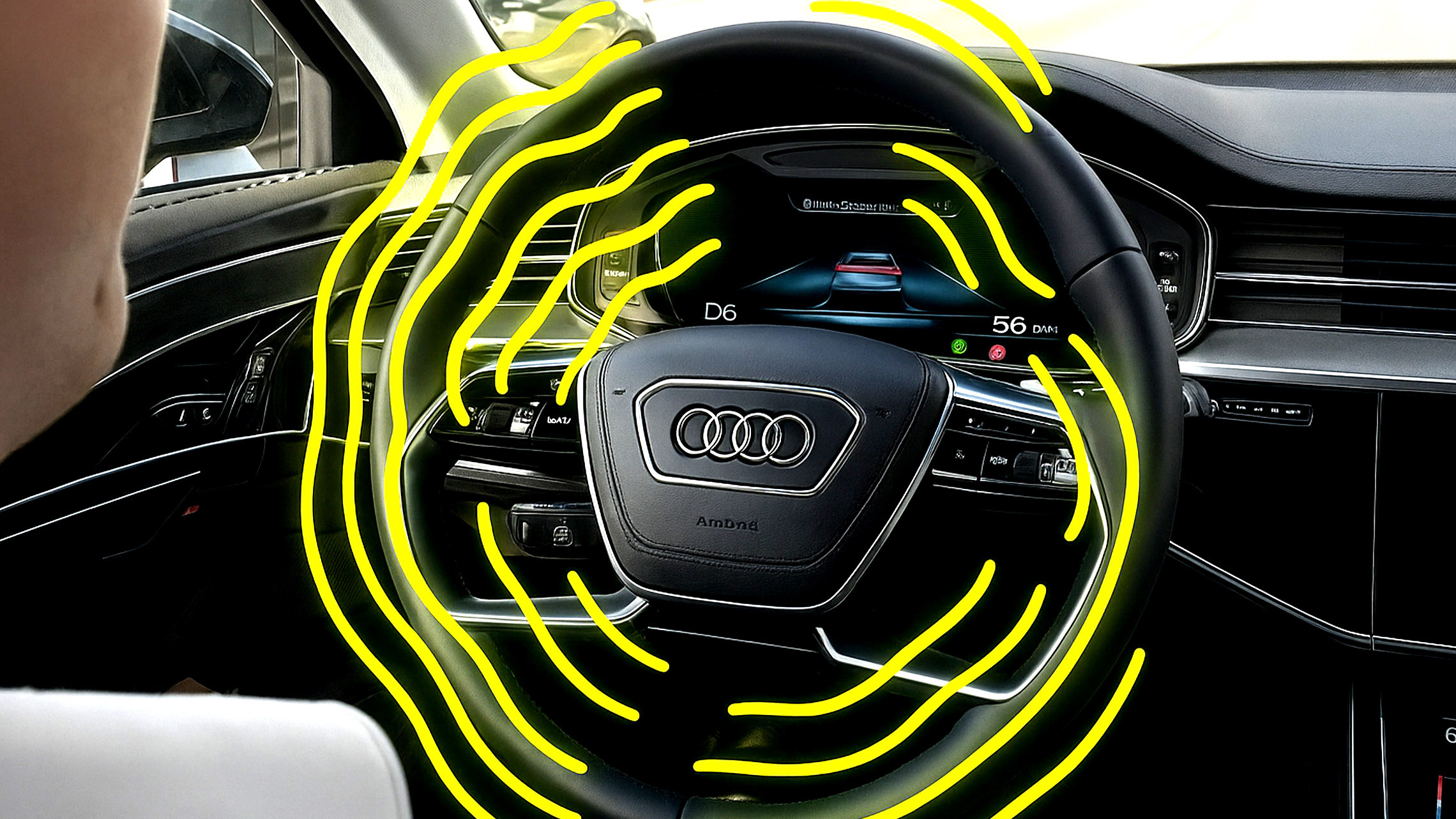New 2026 Euro NCAP protocols will test annoying driver aids, reboot crash scoring and force EV door handles to work after an impact
Euro NCAP is sharpening its safety pencil. The organization behind the star ratings brands love to boast about is rolling out a huge shake-up of its testing program for 2026 that includes a crackdown on those annoying ADAS warnings that plague modern cars.
More: Tesla Penalized Over A Word In Driver Assistance Tests And It Could Cost Them
The reboot splits vehicle safety into four clear stages: Safe Driving, Crash Avoidance, Crash Protection and Post-Crash Safety. Each category gets its own score and star ratings will depend on strong performance across all of them.
The idea is that cars must keep you out of trouble, protect you when things go wrong, and then help rescuers get you out quickly.
What Changes on the Road?
One of the most headline-grabbing updates addresses a problem that has led to genuine tragedies. Electric vehicles with pop-out or powered door handles will now be required to keep those handles working even after a crash.
Fire crews have repeatedly complained that some EVs lock up after an impact and refuse to open, which slows rescues and in extreme cases costs lives. Euro NCAP wants that fixed – and soon.
Driver assistance systems are also getting a long overdue reality check. Until now most ADAS evaluations happened on a closed track where systems behaved like model citizens.
Out on actual roads things are rather different. Automatic lane-keeping can yank the wheel when you least expect it and constant beeps and bongs send drivers rushing for the off switch, defeating the whole point of the safety gear.
Rewards for Buttons
From 2026 cars will earn extra points for advanced driver-monitoring systems that genuinely keep tabs on a distracted driver rather than perform glorified blink detection. They can even gain credit if they can spot signs of alcohol or drug impairment and take action.
Meanwhile a long awaited change will finally reward cars that keep proper physical buttons for common controls. After years of touchscreen everything, drivers have made their frustration extremely clear.
Related: EU Regulators Say Drivers Are Dying Inside Cars With Electric Door Handles
Crash avoidance tests will expand to include more realistic scenarios that involve motorcyclists, cyclists and urban hazards.
Smoothness matters, too. Lane support that darts the wheel like a nervous cat will lose points even if it technically avoids an impact, and there will be rewards for vehicles that recognize when a driver presses the gas pedal when they meant to hit the brake.
Different Dummies
Crash protection also gets more granular. Dummies with different body shapes ages and sizes will be used to reflect the people who actually sit in cars, echoing a move happening in US crash testing.
And simulations and sled tests will support full crashes for better accuracy, giving more detail about side-impact protection and the risk to pedestrians posed by structural areas like the windshield.
Also: Senators Want Cheaper Cars, Even If It Means Getting Rid Of Automatic Braking
Finally, the post-crash stage receives a modern boost with new rules for EV battery isolation, those flush handles rules we mentioned earlier, and automated SOS functions that must tell first responders how many people were in the car, even if seatbelts were not buckled.
Electric cars must also be able to warn drivers about battery-fire risks even after a crash.
The new protocols represent the biggest overhaul of NCAP testing since 2009, but we won’t have to wait another 17 years for the next big refresh. The organization says it will update its protocols every three years from 2026, a decision that reflects just how quickly assistance tech is evolving on new cars.
Google News
MSN Start
Chris is a seasoned automotive journalist with over two decades of experience. He has worked… Read full bio












